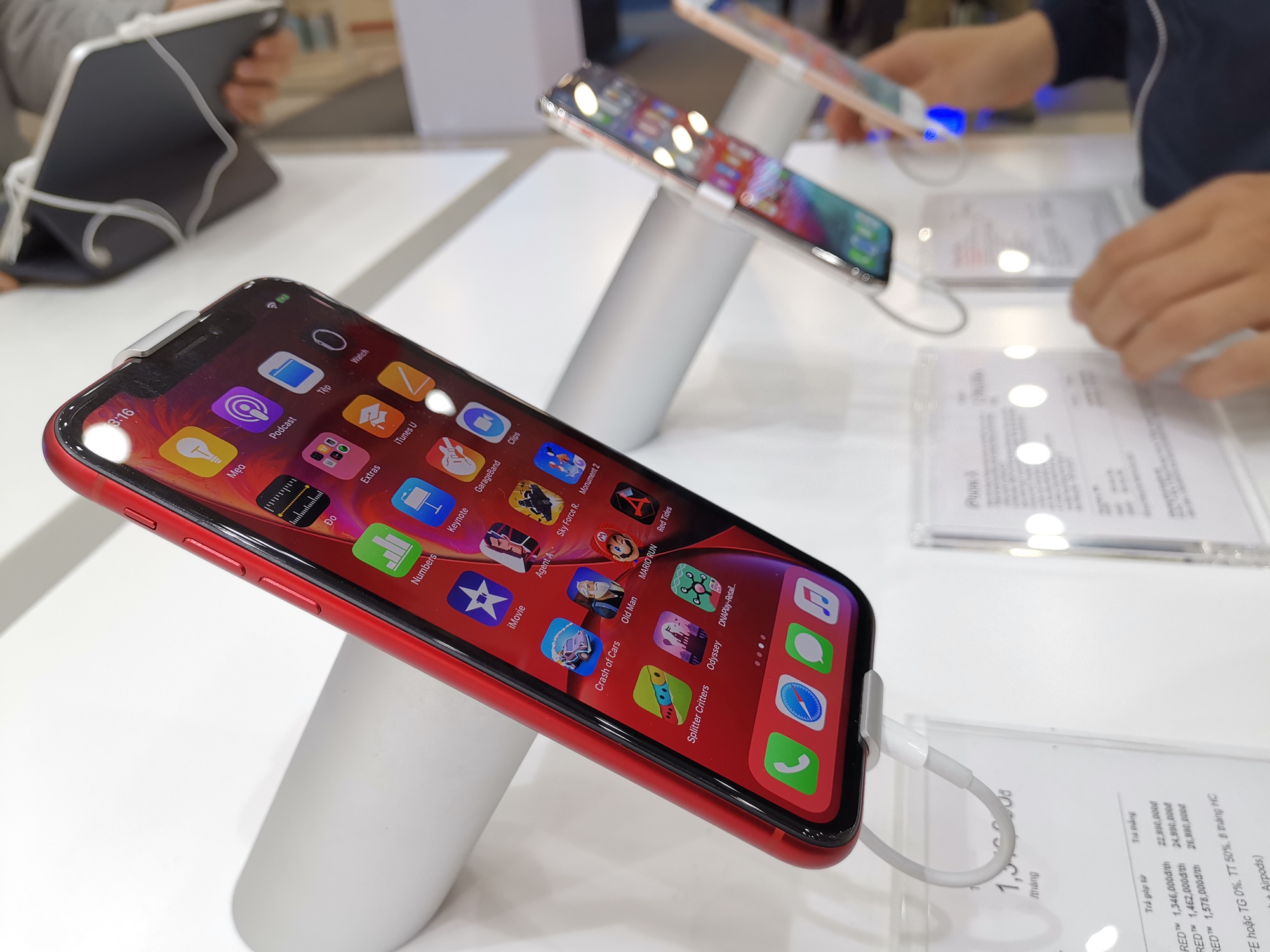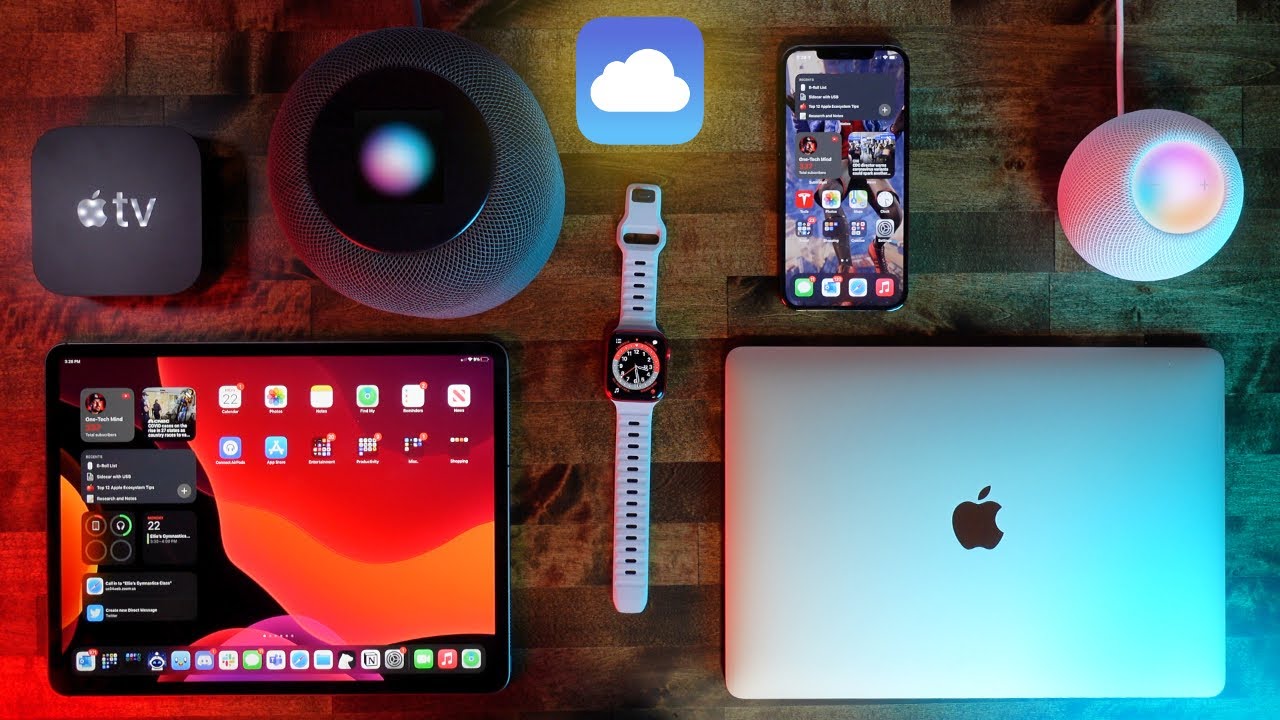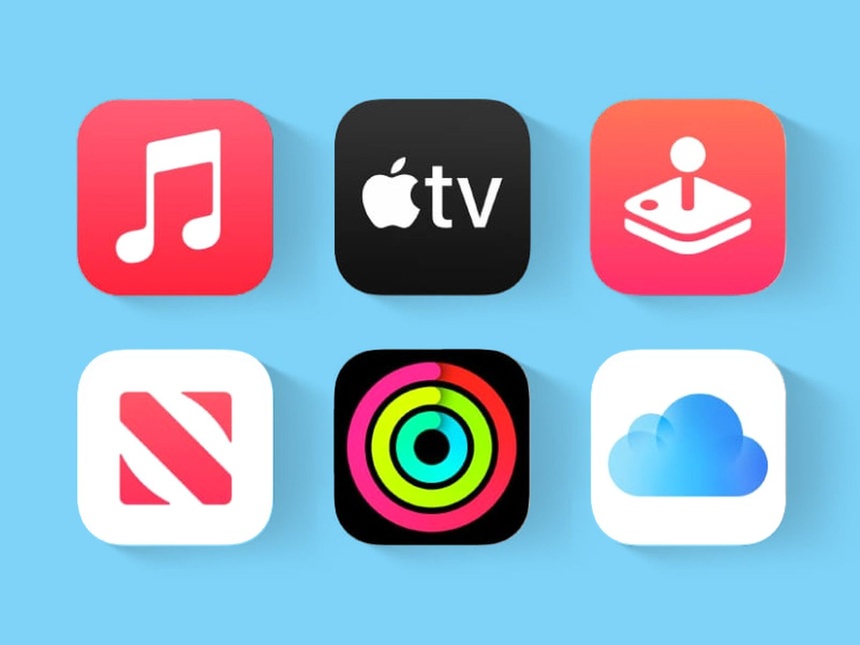Every year, phone manufacturers release new products with numerous upgrades to attract users. Before the global impact of Covid-19, some reports from market research companies indicated that the typical smartphone replacement cycle was two years. However, during and after the pandemic, this period tended to lengthen, simultaneously recording a rise in the consumer and used device business. Apple, with its iOS iPhones, and Android phone manufacturers are all part of this trend.
Nowadays, used smartphones are becoming products that users will keep for longer than before and are often resold to optimize their economic value. Newer phones are usually more expensive, but also more durable than before, and smartphone technology is nearing saturation as modern features have few practical applications.
Policy for used phones
According to a report from the WSJ , American consumers are increasingly favoring used or refurbished devices that manufacturers are reselling. In Q2 2022, for the first time, the number of iPhones in this market exceeded 50% (according to Counterpoint Research), surpassing Android devices, and by the end of the year, this percentage had risen to 52.5%.

Many Apple products, even those several years old, still receive software updates.
Notably, that growth didn't come from Apple's new product sales, but rather from the company's policy for older devices. In 2022, Apple continued to update software and security patches for iPhones released as far back as 2017, something no Android smartphone manufacturer has been able to do currently.
After five years or even more, iPhones are still sufficient to meet users' needs and only require battery replacement or a few minor repairs. Market research data indicates that iPhones remain reliable and typically have at least three owners before being discarded.
The habit of keeping old phones seems to be supported by carriers, as telecommunications companies frequently lower the price of new devices if subscribers upgrade from older models and renew their contracts.
Long-term strategy
Apple didn't suddenly rise to a large market share in its home country; it's the result of a long-term strategy. According to technology analyst Carolina Milanesi at Creative Strategies, Apple has built "an entire ecosystem" of compatible and interdependent products to retain users.

Apple has a product ecosystem to retain customers.
iPhone owners will soon realize just how convenient the music experience on AirPods is, and how Macs, iPads, and Apple Watches synchronize and support each other in daily tasks—likened by experts to "a walled garden"—makes users even more attached to the brand.
Apple has also been successful in "premiumizing" its devices – a strategy that has helped the company find a way to offer more expensive products while still making consumers willing to pay. During the 2022 holiday shopping season, the average price of a new iPhone exceeded $900, the highest in history and nearly 10% higher than the previous year.
Among them, the iPhone 14 Pro Max, priced at $1,599, is still selling very well, but the number of people complaining about the price is insignificant compared to the number of customers willing to spend the money. As a result, this model is constantly sold out.
Sell services to retain existing customers and attract new ones.
Market research firm IDC estimates that 283 million used/refurbished phones were sold globally in 2022, accounting for nearly one-fifth of the world's total sales. The firm forecasts that by 2026, this number will reach approximately 415 million devices, representing a growth rate of nearly 14% per year, four times higher than new phone sales. Meanwhile, technology analytics firm CCS Insight reports that iPhones now hold over 80% of the used phone market.

Apple provides a range of services optimized for its ecosystem and earns a significant amount of money from them.
But the boom in the used device consumer trend doesn't worry Apple about the fate of its annual iPhone releases. The company is the world's leading manufacturer in terms of the number of used devices in circulation, opening up opportunities for another business segment: services and software.
Last quarter, Apple achieved record service revenue of $20.8 billion. A significant portion of this came from subscribers paying monthly fees for services such as iCloud and Music. In fact, this customer group accounted for 17% of Apple's total revenue during that period. The profit margin on services is also many times higher than that of selling hardware devices.
Besides generating substantial revenue from services and features offered to users of its devices, Apple also earns a considerable profit from "commissions" paid by third parties for transactions within its ecosystem. This enormous user base (both new and used devices) continues to be a "gold mine" for Apple.
Source link







![[Photo] Prime Minister Pham Minh Chinh presides over a meeting on private sector economic development.](/_next/image?url=https%3A%2F%2Fvphoto.vietnam.vn%2Fthumb%2F1200x675%2Fvietnam%2Fresource%2FIMAGE%2F2025%2F12%2F20%2F1766237501876_thiet-ke-chua-co-ten-40-png.webp&w=3840&q=75)




































































































Comment (0)